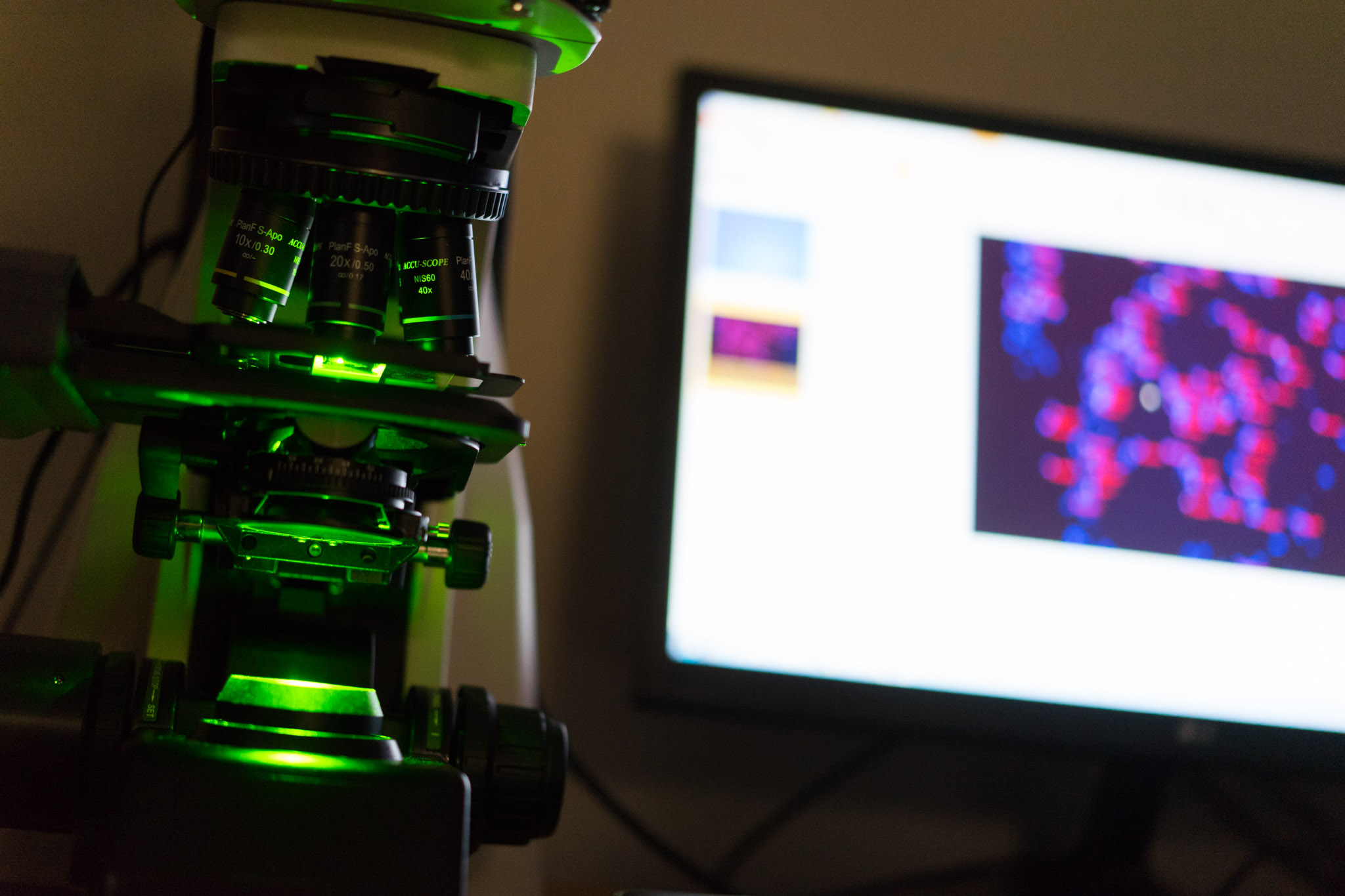Are you considering the addition of immunohistochemistry (IHC) to your preclinical toxicology study design? IHC integrates molecular pathology and traditional histopathology to allow the visualization of test compounds or cellular targets in situ.
IHC is applicable for a variety of research needs, including: target validation, immunophenotyping, determining microvascular density in tumors or other lesions, identifying and tracking human stem cells in animal models, and for carcinogenicity studies for demonstration of increased cellular proliferation, identification of poorly differentiated neoplasms and revealing the molecular signatures of test article-related neoplasms . IHC results can be quantified and compared using digital imaging software.
One of the first decisions to make when planning for IHC is the tissue fixation method. Which is the best starting material for your IHC application, frozen tissue or formalin-fixed paraffin-embedded (FFPE) tissue? While development of antigen retrieval techniques over the past two decades has improved antibody-antigen binding and detection in FFPE tissues, some antigens (including certain leukocyte surface markers) cannot survive formalin fixation and paraffin embedding and must be evaluated in frozen sections.
Frozen tissue processing for IHC involves snap freezing fresh tissue, embedding it in a purpose-specific medium (such as OCT), and sectioning it with a cryostat, usually followed by short fixation with acetone or ethanol. Advantages of frozen tissue sections include retention of the natural protein structure of antigens and the avoidance of usage of formalin, which is a toxic and carcinogenic compound. Drawbacks include a loss of tissue morphology due to freezing artifact and the thickness of cryostat-generated sections, labor and material requirements when frozen tissue collection is added to your necropsy, cold storage logistics, and the usage of isopentane for snap freezing, which is a hazardous substance.
When FFPE tissues are used for IHC, the standard histology fixative of 10% neutral-buffered formalin (NBF) is sufficient. Fixation time prior to paraffin embedding is generally limited to 24-48 hours, which greatly contributes to preservation of antigen integrity. Advantages of FFPE section IHC include excellent tissue morphology and ease of incorporation into routine tissue collection, processing, and storage. The primary drawback is cross-linkage of proteins, which can often be reversed with a brief heat, chemical, or enzyme-based antigen retrieval step.
The number of commercially available antibodies that have been demonstrated to react with FFPE tissues from species used in preclinical research is rapidly expanding. The use of FFPE tissues for IHC provides optimal tissue morphology, which facilitates identification of target antigen location within tissues and cells. Taken together with the ease of integration into routine tissue processing, these advantages justify the selection of FFPE tissues for use in applications in which antigen-antibody binding is not precluded by the process.
Ideally, you should plan for IHC before tissue collection to establish appropriate fixative selection and timing. Decide what target(s) you would like to visualize in which tissue(s), research the available antibodies, and review the fixation methods that have been used successfully with your chosen antibody. When an antibody has been used successfully in both frozen and FFPE tissues, we recommend the FFPE method.
And remember, regardless of which fixation technique is used, it is imperative that tissues destined for IHC are collected and fixed or frozen rapidly after death to preclude autolytic destruction of the antigen(s) of interest. The better your tissue quality, the clearer your results will be!
Please contact us at HSRL to discuss how IHC can benefit your preclinical toxicology study.

